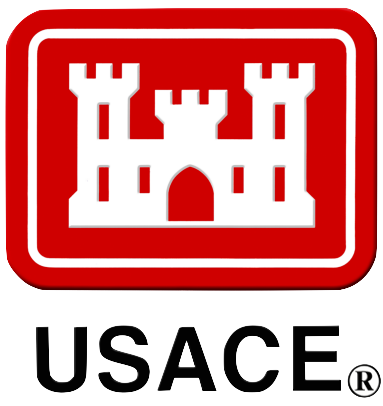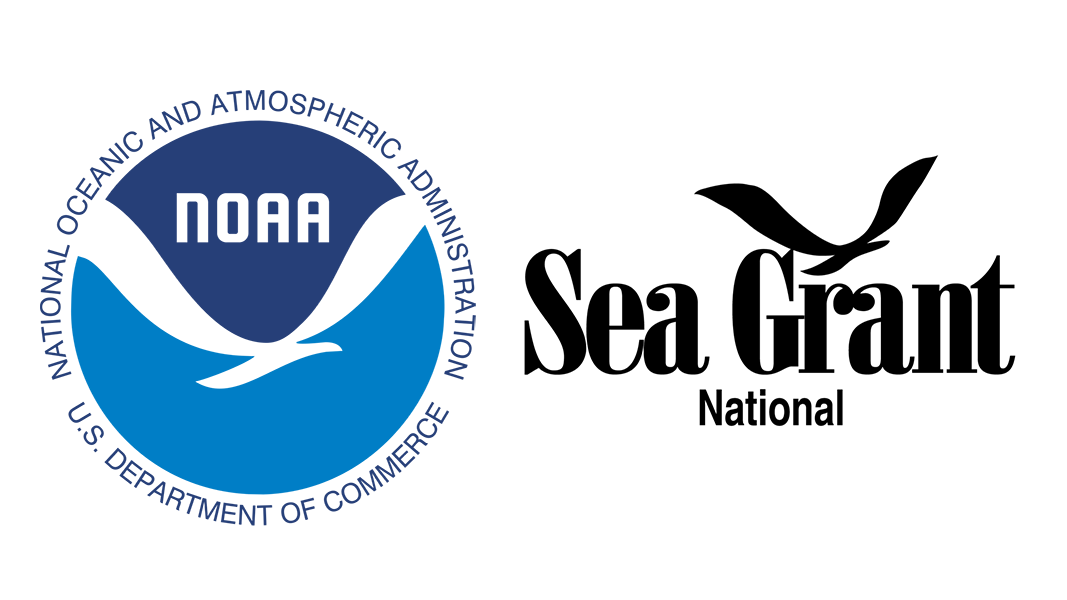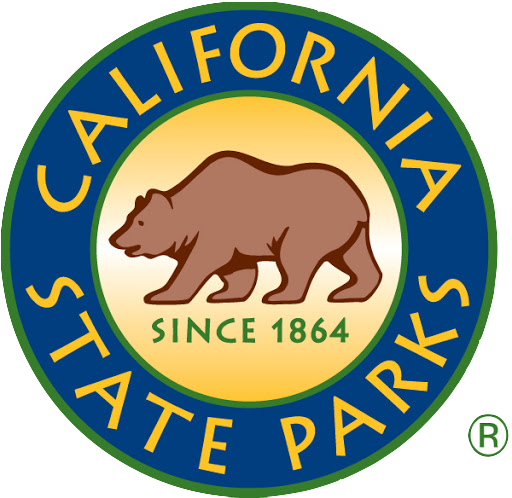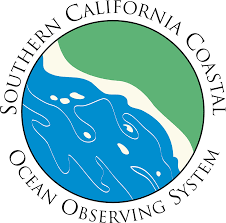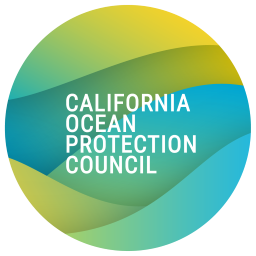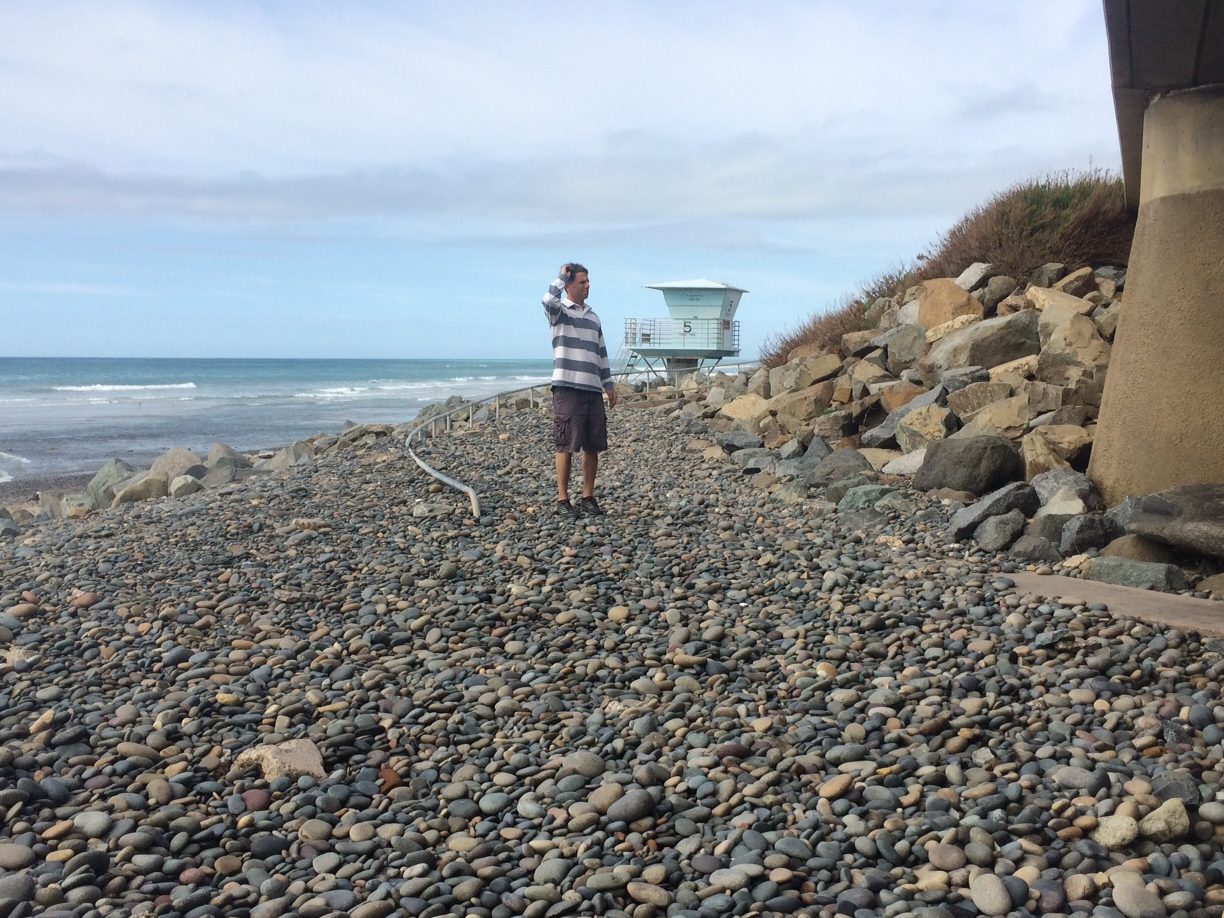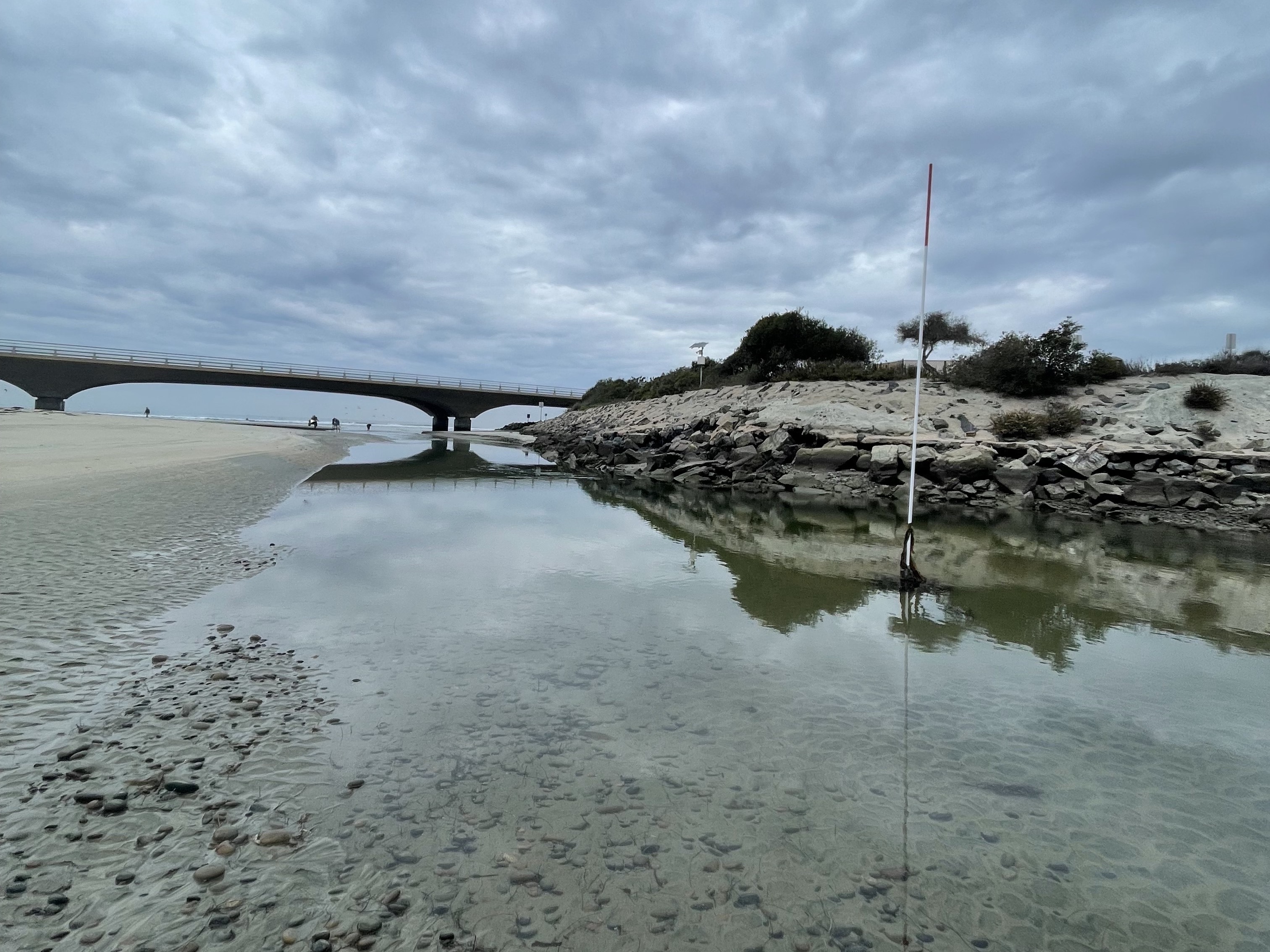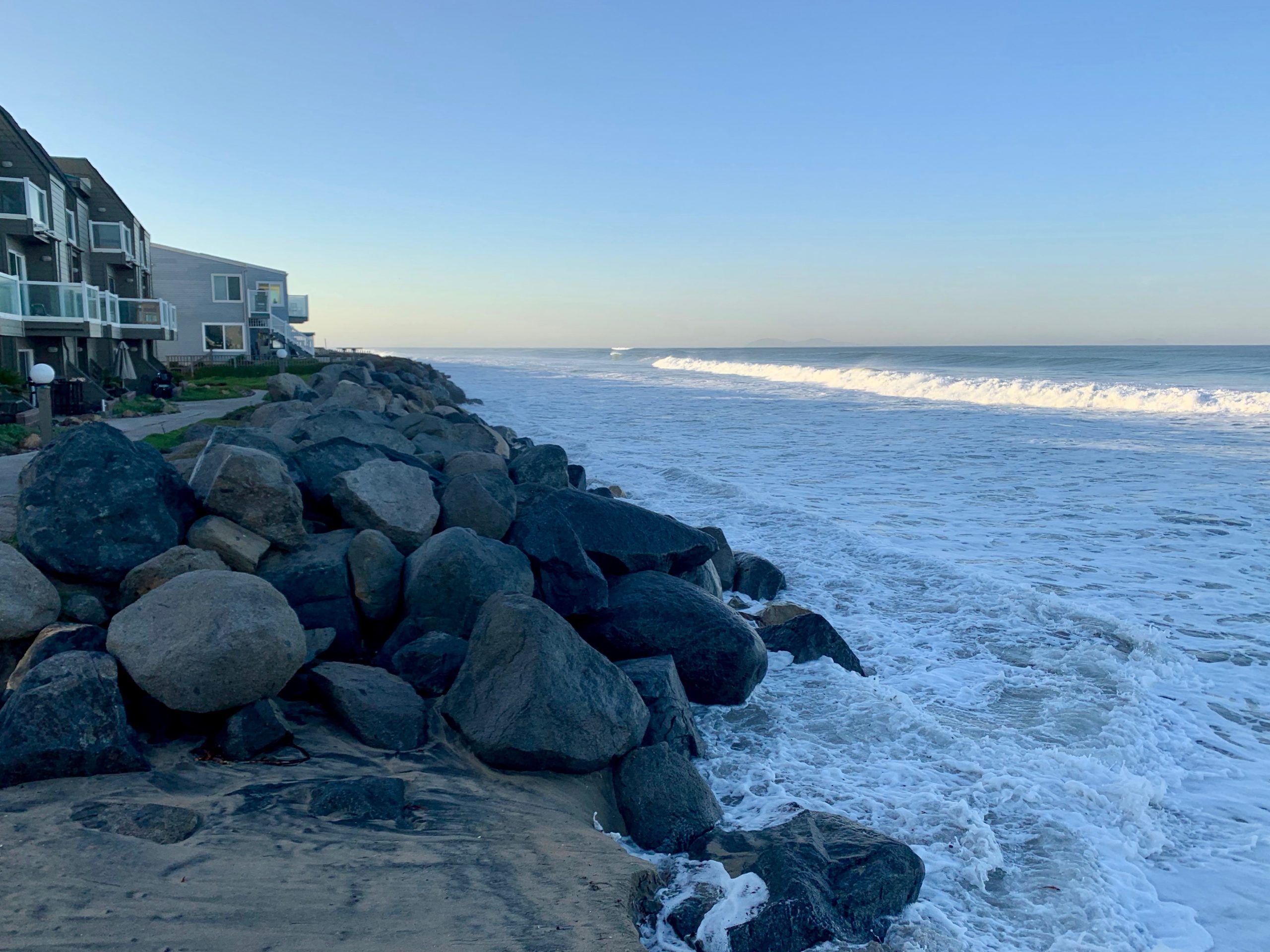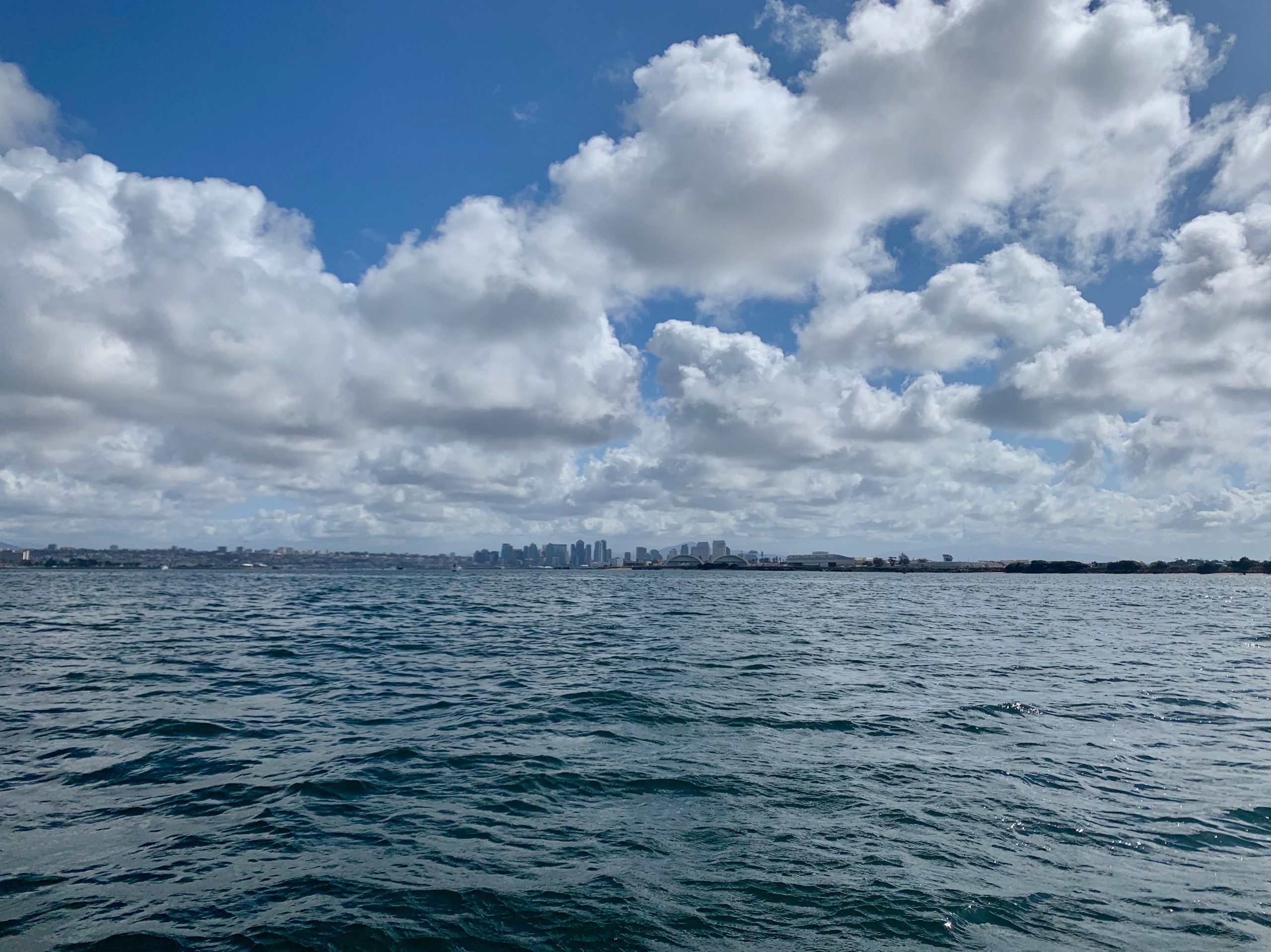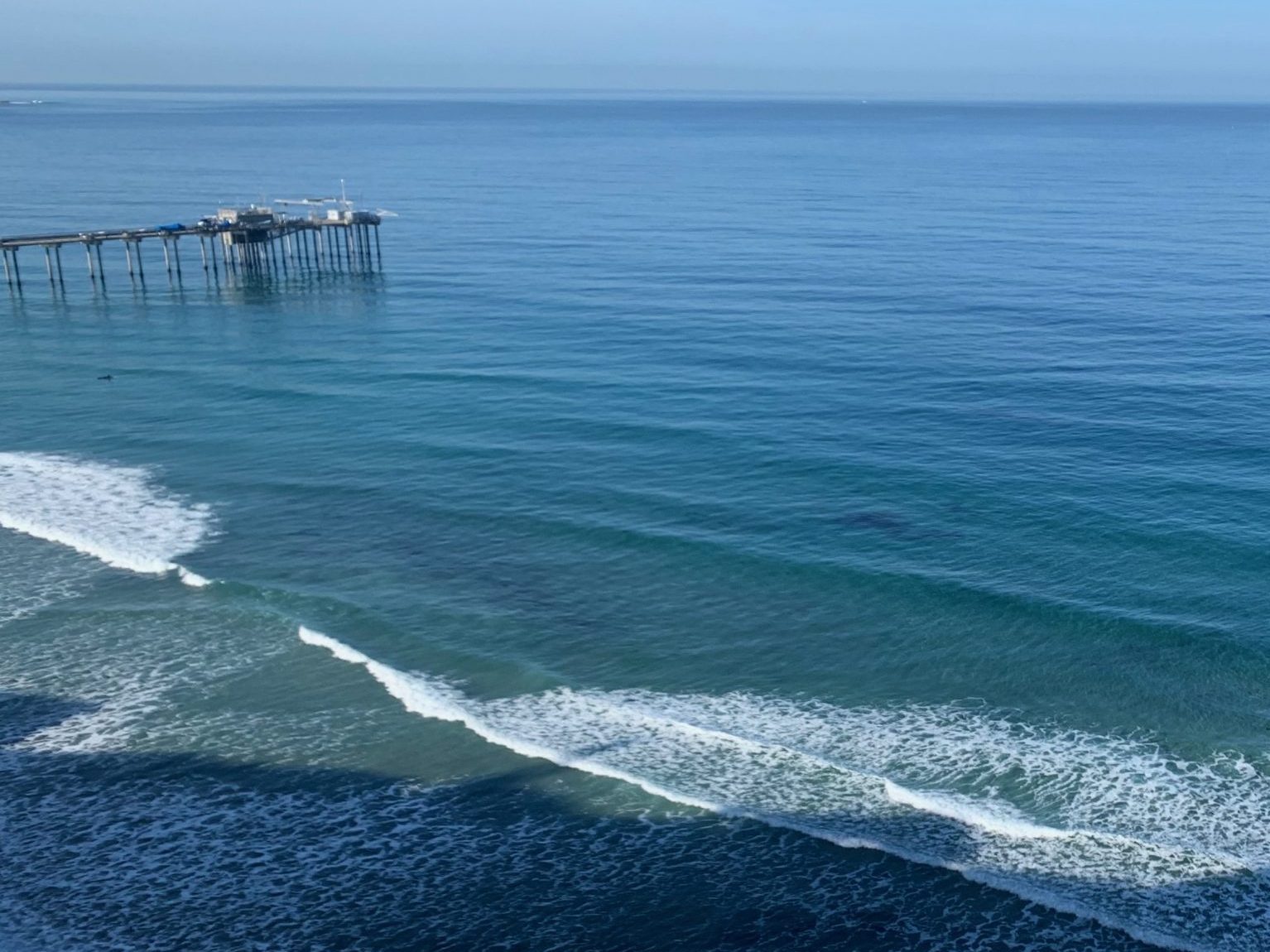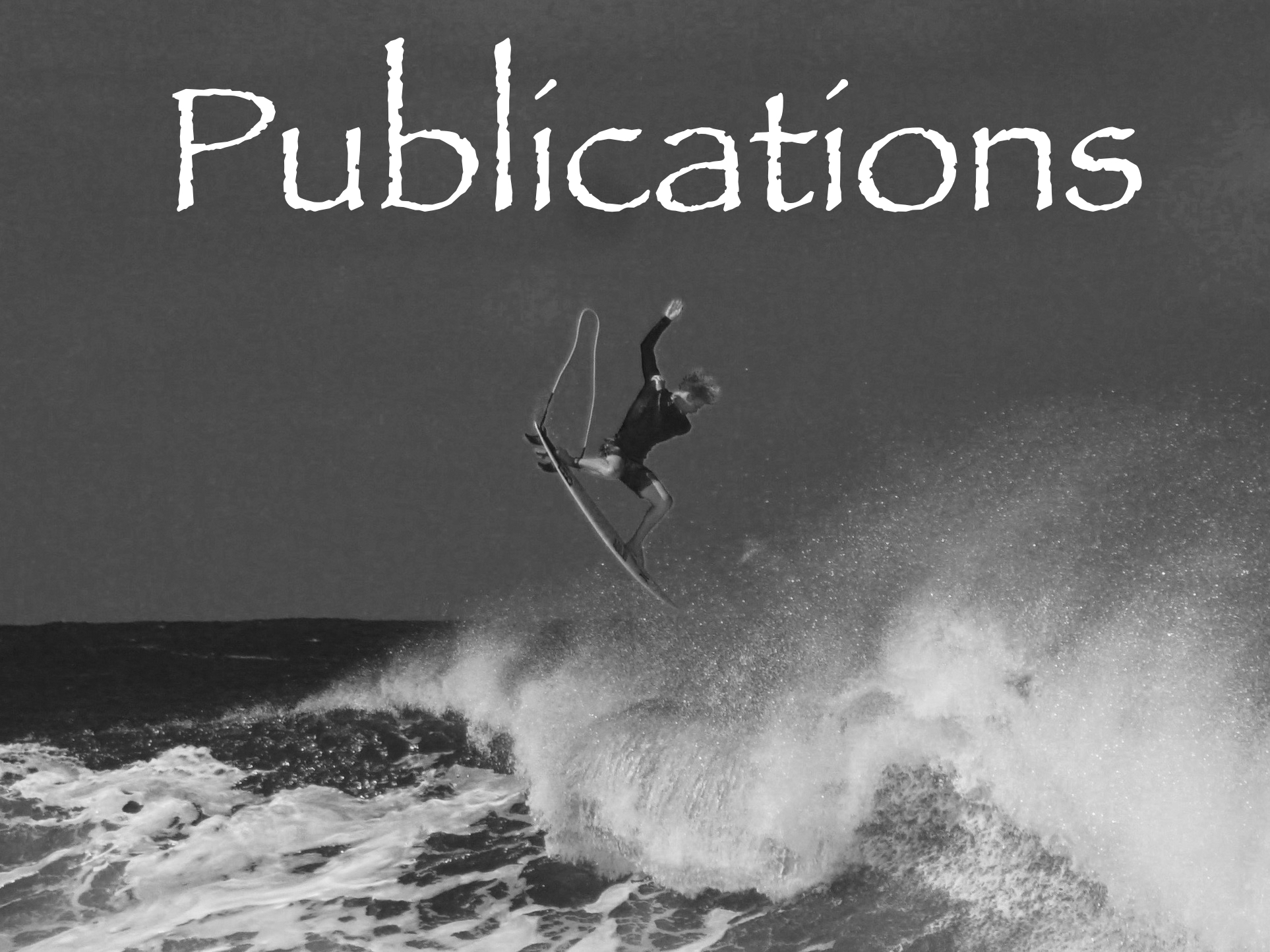Research
The Coastal Processes Group research focuses on understanding coastal evolution and developing physics-based predictive coastal change models. Our long term coastal monitoring program provides the essential data for this research. The value of these observations to modeling increases as the time series duration increases. In order to plan for the future we need to understand what is happening now.
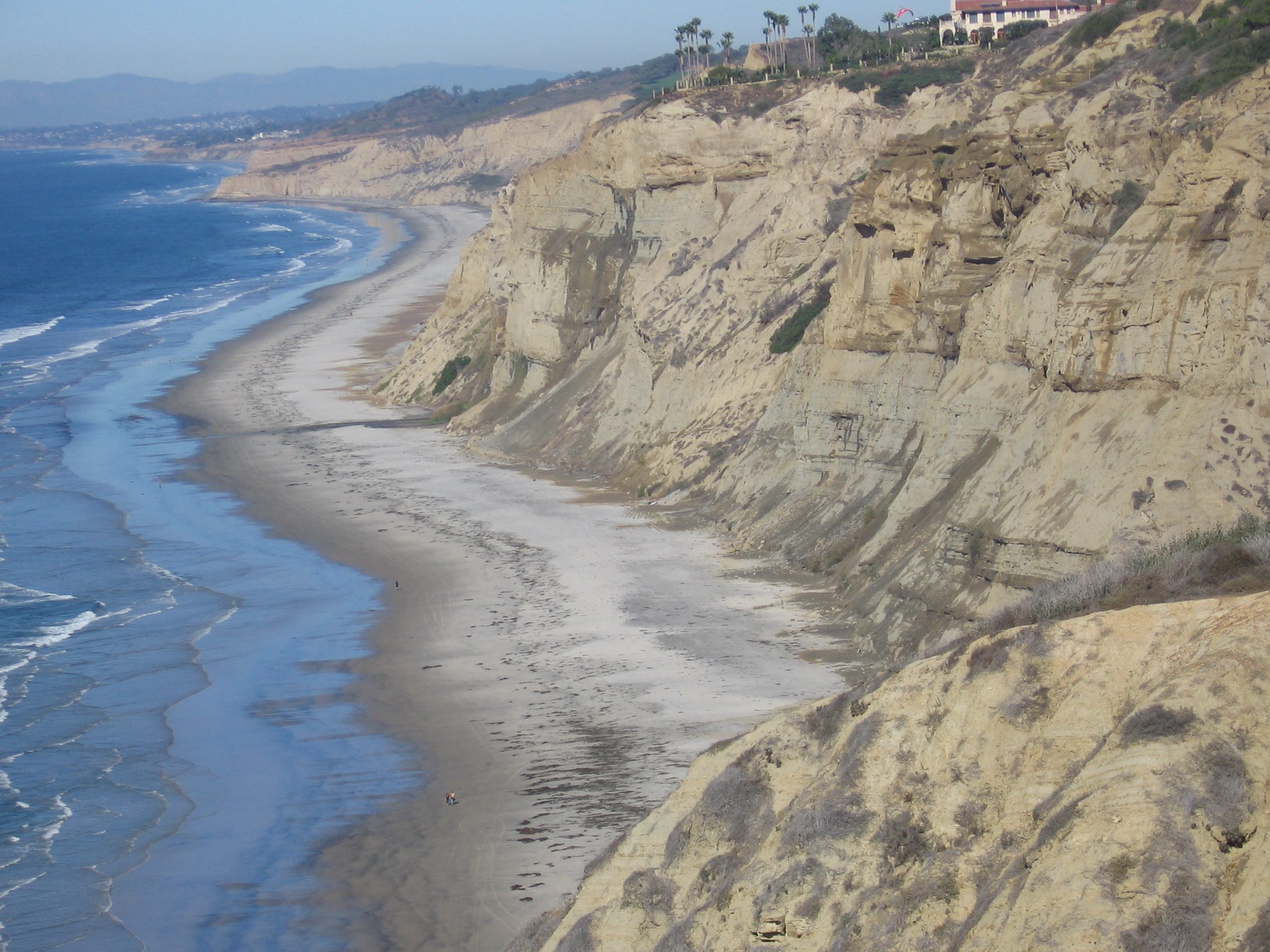
Beach Change
Beaches change over time scales ranging from hours to decades and over length scales from meters to kilometers. Challenges include predicting the evolution of beaches fronting vulnerable infrastructure during the next storm, to planning nourishments that will experience seasonal fluctuations in waves, and potentially influence an entire littoral cell. 20+ years of beach surveys provide a database for the development and testing of beach evolution models.
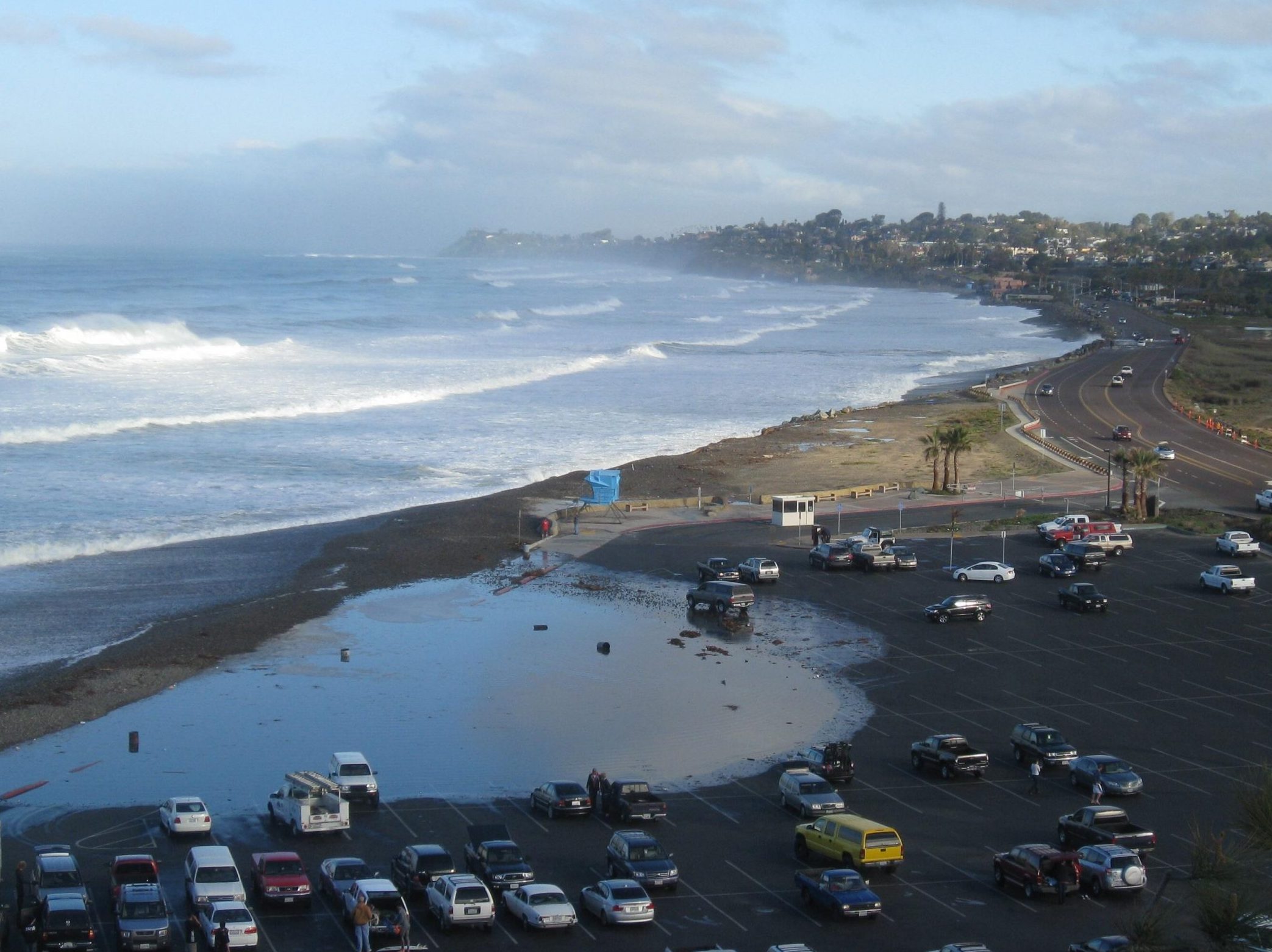
Runup & Flooding
Wave runup influences shoreline sediment transport, cliff erosion, and beach groundwater, and leads to flooding and structural damage. As our beaches continue to erode, knowledge of wave runup is becoming increasingly important to beach safety and management. Efforts to improve wave runup predictions using uniquely detailed observations of storm induced waves, runup and evolving shoreline bathymetry are ongoing.
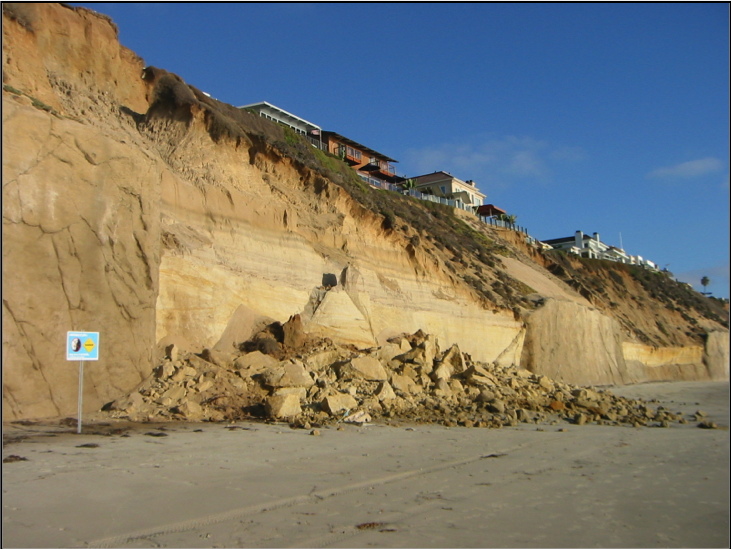
Coastal Cliffs
Eroding cliffs comprise 70% of the California coast and threaten extensive cliff top infrastructure throughout the state. Episodic cliff failures have caused injury and several deaths in recent years. Our research focuses on quantifying the interactions between waves, the beach, and coastal cliffs. It is essential to understand processes that drive cliff erosion and the rates at which they operate.
